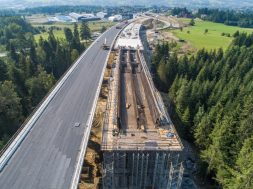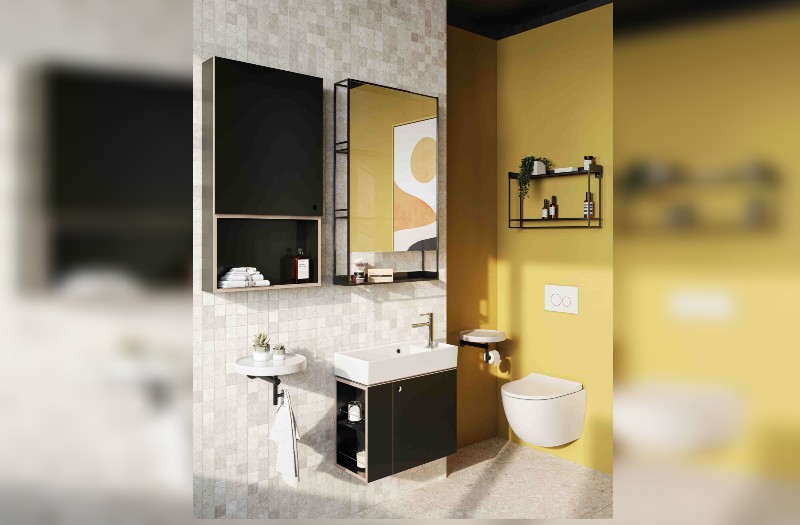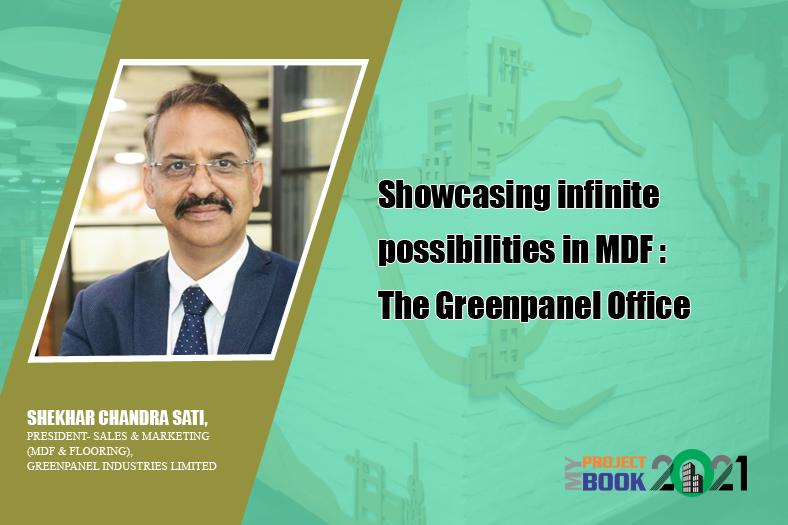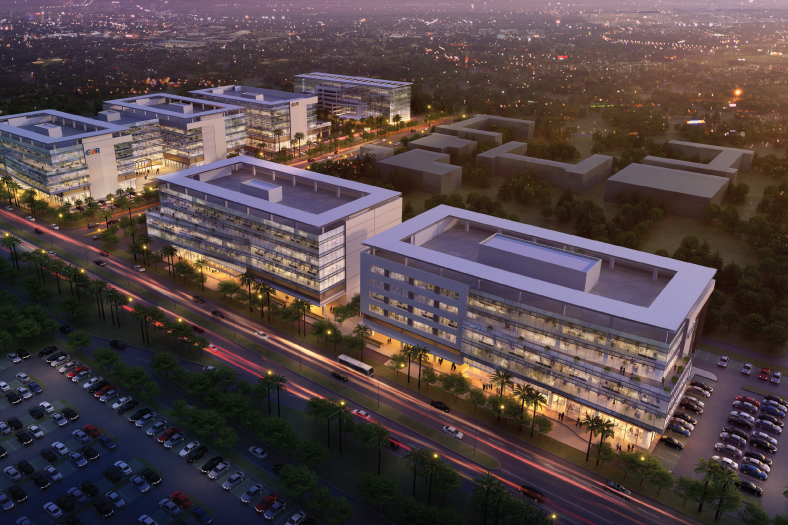“Today Green buildings in India are being designed at an incremental cost of 6-8 per cent. Though the initial investment is slightly higher, the benefits experienced by these types of buildings are tremendous with substantial reduction in operational costs”, explains Md. Obaidullah, practicing architect and visiting faculty at Jamia Millia Islamia, New Delhi.
India is a land of diversity, be its language, cuisines, religion or customs. Even the landform varies from Himalayas to coastlines and desserts to plateau. The degree of natural catastrophe faced due to climatic change is also diverse i.e. tsunami, cyclones, droughts, floods, earthquakes etc. India is rich in biodiversity. It is home to some rare animals and plant species i.e. tigers and manmade groves. However these are threatened due to the environmental degradation which is a growing concern all over the world.
Environmental degradation is a result of the dynamic interplay of physical, socio-economic, and technological activities. It may be driven by many factors including urbanisation, rising energy use and transportation, triggered by economic growth, population growth and intensification of agriculture. The building industry alone consumes some 40 per cent of the world’s energy.
The rapid urbanisation imposes pressure on existing infrastructure with regard to waste management and meeting the additional demand along with associated problem of environmental pollution. Many countries, mainly industrialised ones, have taken steps to ensure reduced use of construction materials, techniques and practices, in operation and production that have lower environmental impact.
India has been ranked as seventh most environmentally hazardous country in the world. Sustainable architecture poses a new challenge in the Indian context. The emerging green architecture turned towards science and technology to provide solutions for environmental degradation.
In this approach energy efficiency was prioritised over all other concerns. It tended to be excessively quantitative in nature with the success of the building being measured by its energy consumption, material embodied energy, waste and resource consumption.
The issue of energy efficiency is more relevant for developed countries where one-third of the total energy is utilised for heating or cooling of buildings but in India the issues of water and sanitation are more critical along with energy efficiency. Studies indicate that at current rate of population growth and per capita consumption of water, there will be a shortage of drinking water in urban centres within the next decade.
Technology is thus seen as the only means of addressing environmental degradation/issues for the perfect development of contemporary architecture. However, environmental problems that are social in nature cannot be solved through technological solutions only. The major tools for achieving sustainability are:• Good design practices• Integrated and total energy approach• Good housekeeping• Use of recycled or environment friendly building materials• User education and awareness/occupants behaviour• Efficient operation and systems.
For building a sustainable city, the recovery of the green, such as farming land and timberland, and creation of a comfortable environment is the most important factor. Different from the past age when architecture required an environmental sacrifice (A), in present century, an architectural design which lessens the burden on the environment by using natural energy and can also be sustainable with time is required (B).
Today Green buildings in India are being designed at an incremental cost of 6-8 per cent. Though the initial investment is slightly higher, the benefits experienced by these types of buildings are tremendous with substantial reduction in operational costs. The payback period for the incremental cost is generally between 3 and 4 years.
While working on the concept of the Green Building I realised that energy efficient intervention should not only be limited to the built envelope but it must also extend far beyond to create an environment conducive for all.
In this country, 70 per cent of the population still depends on agriculture for livelihood and resides in rural centres and nearly 30 per cent of population lives in urban areas and it is estimated to increase to 50 per cent in the next fifteen years. The total population of India increased by two and a half times while the urban population increased fivefold however the environmental consideration are limited (at certain extent) to urban areas only. Viewed in the light of population increase, mounting energy consumption, transport congestion and infrastructural breakdown, ‘sustainable development’, let alone ‘sustainable cities’, is truly impossible. For a balanced sustainable development, the management of both urban as well as rural centres is very necessary.
The author wishes to make people respect and acknowledge the natural resources they have been endowed with.
Reference:1 “Conflicts between the Construction Industry and the Environment”, by Baris Der- Petrossian 2 United Nations Environment Programme http://www.unep-wcmc.org/3 “Reinterpreting Sustainable Architecture: The Place of Technology,” Journal of Architectural Education, Simon Guy and Graham Farmer4 “Setting the Agenda for India,” in Sustainability through Building, K.C.Pant5 Indian Green Building Council (IGBC), http://www.igbc.in/site/igbc
Cookie Consent
We use cookies to personalize your experience. By continuing to visit this website you agree to our Terms & Conditions, Privacy Policy and Cookie Policy.









